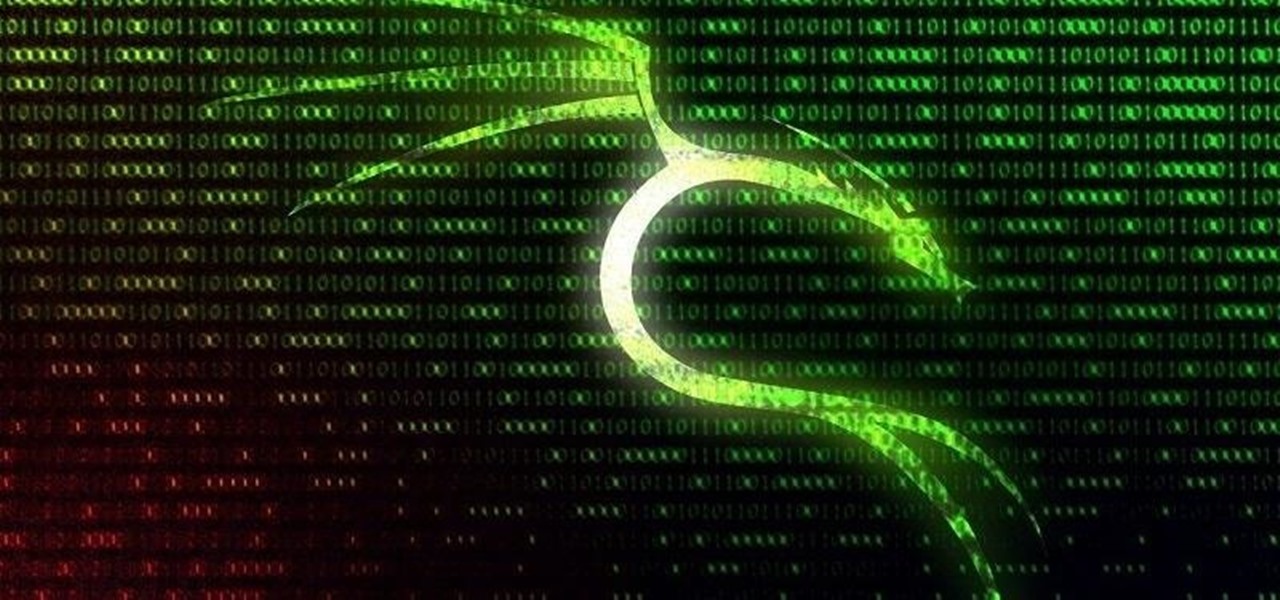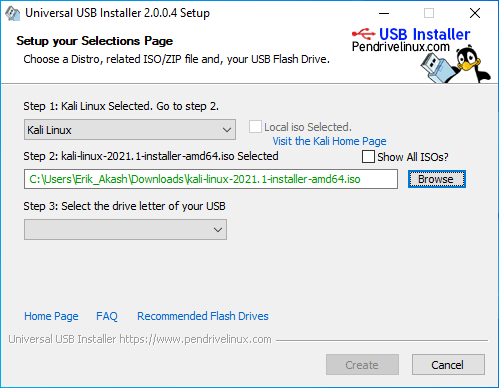

- #HOW TO CREATE A BOOTABLE KALI LINUX USB MAC OS#
- #HOW TO CREATE A BOOTABLE KALI LINUX USB INSTALL#
- #HOW TO CREATE A BOOTABLE KALI LINUX USB ISO#
Now unmount the drive with diskutil: diskutil unmountDisk /dev/disk2Īnd now CAREFULLY copy the Kali Linux ISO to the USB drive. In our example our USB drive is available at /dev/disk2. You should see a new device in the list that matches the size of your USB drive. Start by listing the disk devices available on the system with: diskutil listĪfter making a note of the devices listed, plug in your USB thumb drive and repeat the process.
#HOW TO CREATE A BOOTABLE KALI LINUX USB MAC OS#
MacOS is a UNIX based operating system so the instructions for creating a bootable Kali USB on Mac OS are similar to the Linux instructions above. You can press CTRL-T to see how many bytes dd has copied so far. On some systems this process can take upwards of 30 minutes. Just be patient and wait for the command to complete. Note: The dd command can take quite some time depending on the performance of the USB thumb drive. The additional parameter bs instructs the dd command to copy in 4 megabyte chunks. This command copies our input file ( if), to our output ‘file’ ( of) /dev/disk4. dd is a powerful command especially when run as root! You can easily overwrite your primary disk if you enter the wrong device name. Other systems may show the device path as /dev/sdb or similar.Īfter triple checking that you have the correct device you can proceed to copy the ISO to the USB disk. Make sure you identify the correct device path for your USB. You can also verify the size matches the approximate size of your USB thumb drive. Run the fdisk -l command again and identify the newly added device name. Now connect the USB drive and make sure it has at least 4GB of available space. Use fdisk -l from the command line to view the disks and their device paths. Simply select the ISO file you previously downloaded and the appropriate drive letter.Īfter the flashing process is complete, you can safely eject the USB and use it to boot Kali Linux. Etcher is a free utility for burning ISO files to disk and USB. In this example our USB is mounted as drive “F:\”.įlash the ISO image with Etcher. Make a note of the drive letter that your drive uses once it mounts.
#HOW TO CREATE A BOOTABLE KALI LINUX USB INSTALL#
Install Kali Linux on Bootable USB using Windows.The instructions will vary slightly depending on your host OS. Once your download is complete we can go ahead and start the installation process. If you are unsure you will usually be safe with the 32-bit (i386) version. If you will be primarily using your USB thumb drive on 64-bit architectures you can grab the x86_64 version. Get the appropriate architecture for the target system. Go ahead and start the download as it will take some time on slower connections.

If you would install Kali Linux locally, check out our tutorial on Installing Kali Linux in VirtualBox. Today we will be creating a Kali Linux bootable USB.


 0 kommentar(er)
0 kommentar(er)
